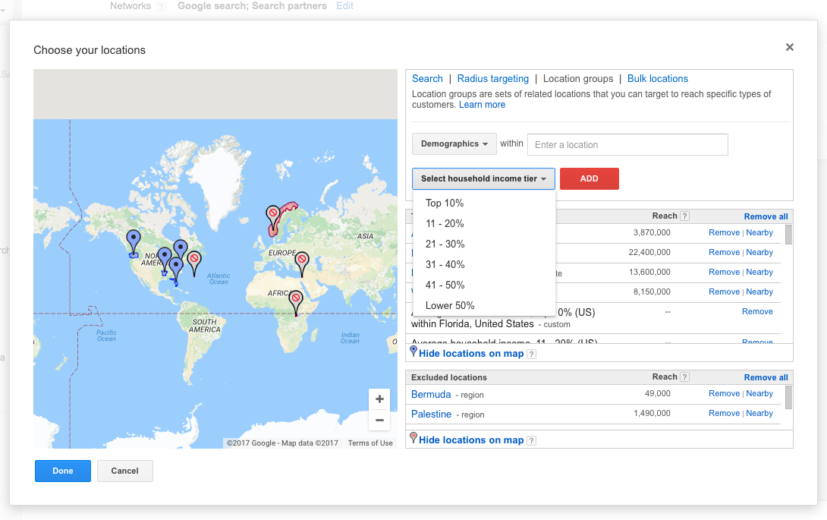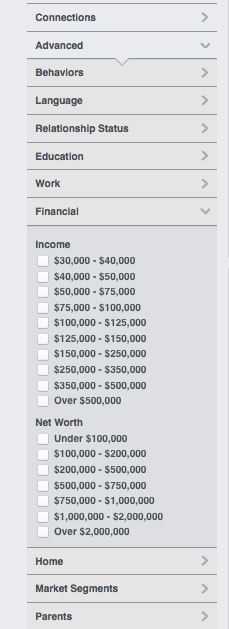Increase Your PPC Conversion Rate With Income Targeting

Having the ability to target based on demographic information is a long-standing tactic that is getting a second glance. An increase in the level of personal customer detail we are able to gather paired with advanced tracking and analytics have allowed many marketers to report positive metrics further down the sales funnel. For many, the biggest hurdle to overcome is allowing one metric to seemingly stagnate or decline in order measure success.
I recently provided a detailed report that showed volume of the initial touch point decreased, however, the conversion rate for KPI further down the sales funnel increased. The tweak made to achieve these results was through audience targeting by income level.
Income Targeting…One-Size Doesn’t Fit All
It’s first recommended to ensure this segment of targeting aligns with the core of the business goal. How would your KPI’s benefit by aggressively going after a particular target? Most often we think of going after income level with upscale brands – the luxury car/ jewelry customers of the world. For some brands, it might be that we are advertising a product or a service that could appeal to a lower income bracket. Even if income is not the right demographic, this article will show you how to prequalify customers before an ad is served.
The Good, The Bad, The Results
This brand set out to target individuals whose household income fell within the upper 40%. On paper, this meant redirecting 60% of impression and click volume. To help maintain spend and conversion volume as funds are reallocated, check available impression share within the targeted audience prior to finalizing a strategy. Over the course of many weeks, our strategy to shift audiences was put into place and tested for several months. While lead volume decreased slightly at the same spend level, our preliminary results are showed positive movements where expected – further down the sales funnel.
Results show our conversion rate increased from 14% to 25% while the cost per acquisition decreased by 50%.
Where To Find Income Targeting Groups
Implementing income level targeting can be a bit confusing. Generally speaking, if you are seeking out demographic settings you would intuitively locate your audiences, however, income levels are buried in both search and social platforms.
In Facebook, you will find income under audience insights, but it is nested under the advanced segment:

In Google, you will find your income level targets under settings, nested with the locations as a “location group.”

Target, Test, and Implement
Social and search networks each offer their own bag of tricks when it comes to demographic targeting. In the success example above, a potential was identified to increase performance through isolating groups by income levels. This success can be translated into different target mixes based on what aligns with core business goals.



